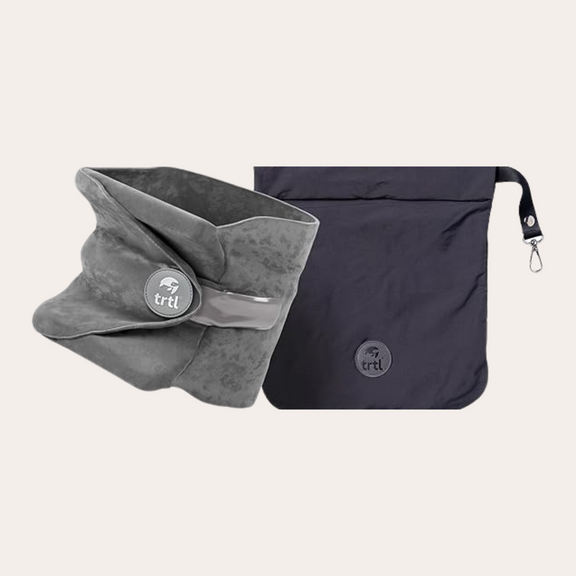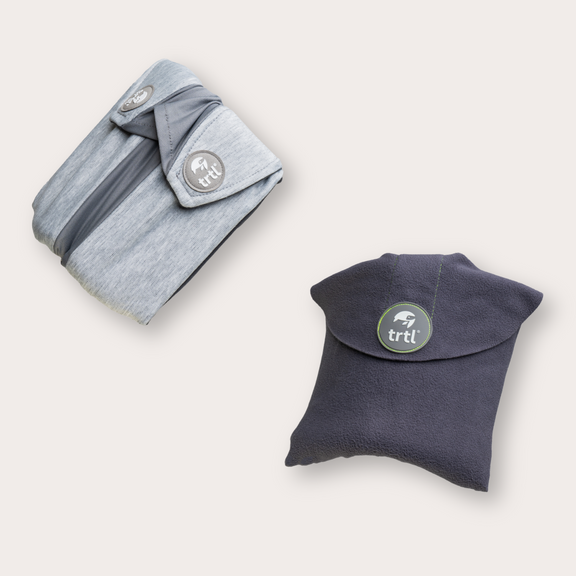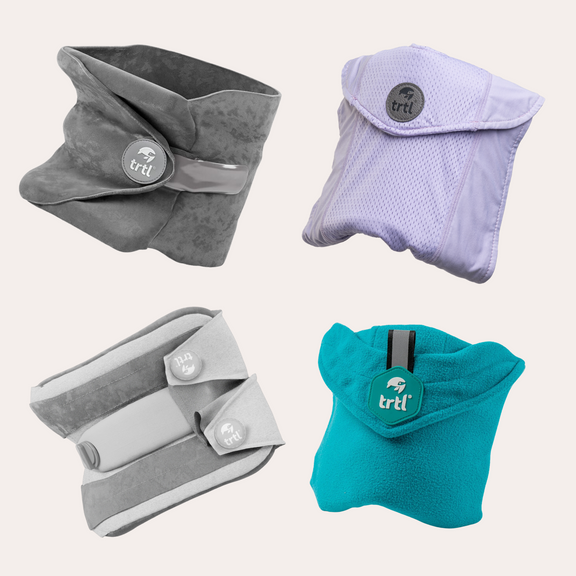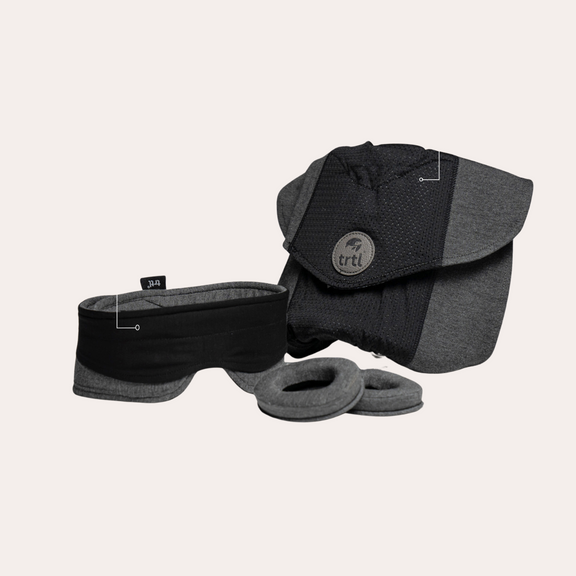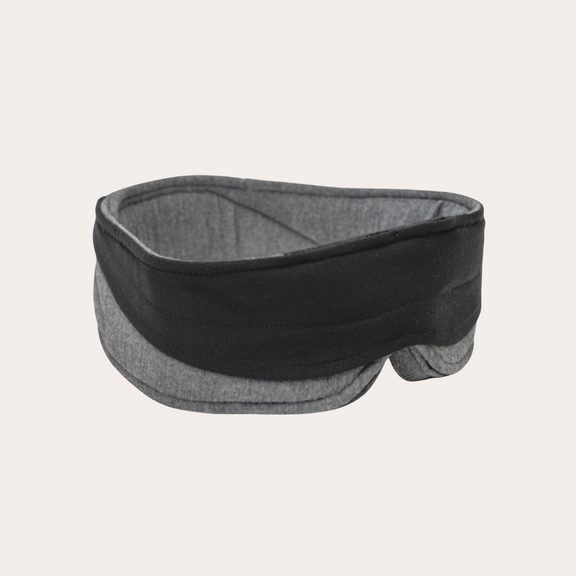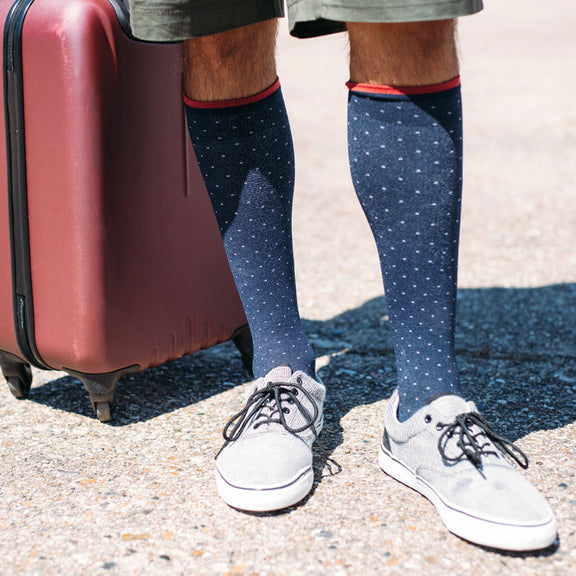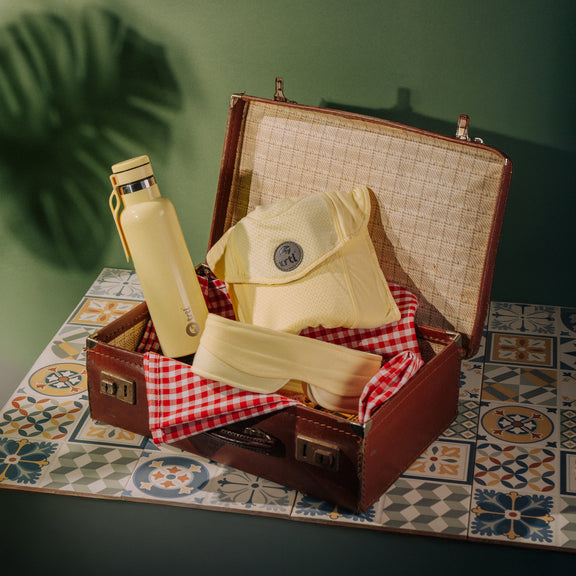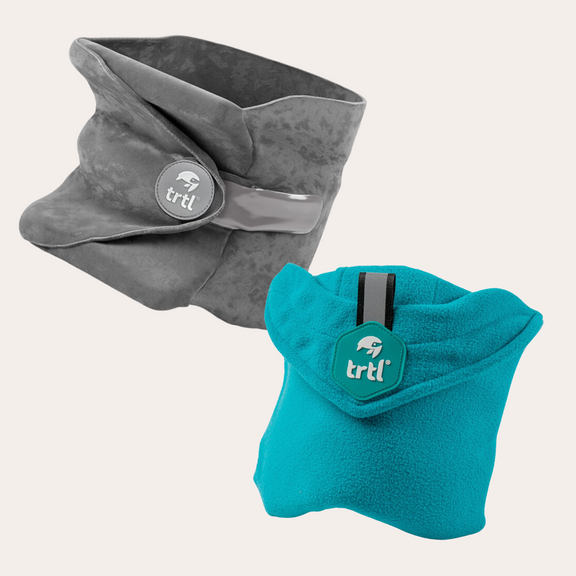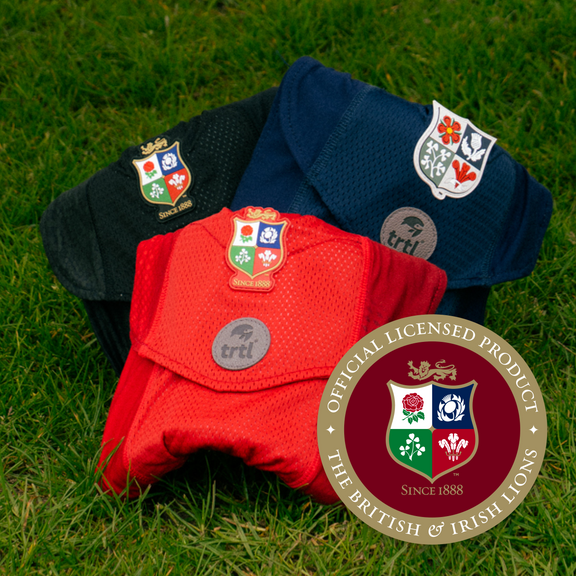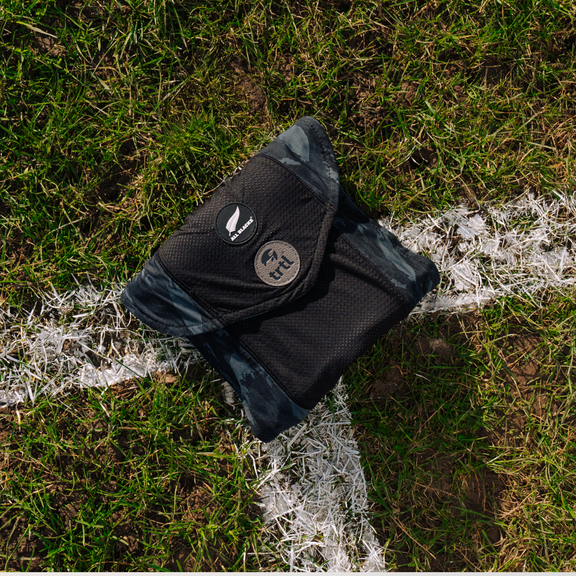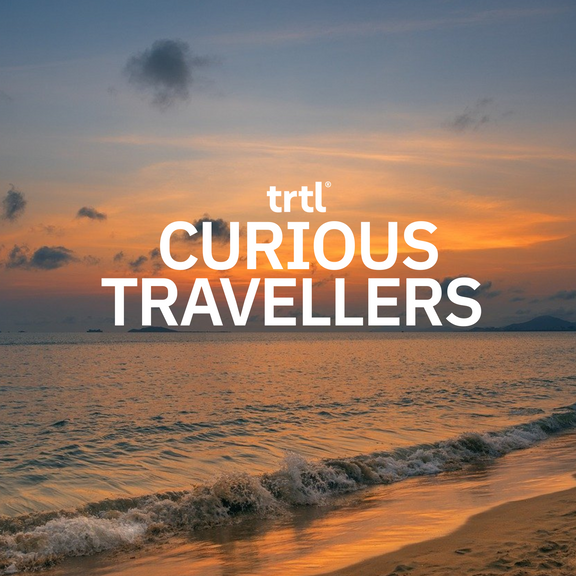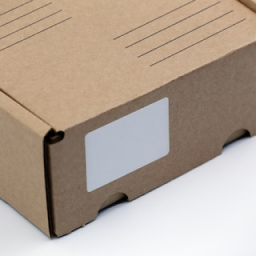Jan 28, 2025
All the Marathon Travel Tips You Need To Ace Your Race
By
Sophie Blanchflower
Whether you’re racing through the streets of New York or navigating scenic routes in the heart of Berlin, travelling for a marathon combines the thrill of competing with the excitement of exploring new places.
But it’s not just about getting on a plane and heading to the race — careful preparation can make all the difference between finishing first or staying on the sidelines.
We’ll walk you through everything you need to know about how to prepare for marathon travel, from choosing the right race to managing jetlag and what essentials you need to pack.
What do you need to do to prepare to travel for a marathon?
Travelling for a marathon isn’t the easiest of tasks, but with the right preparation, you can make sure you’re in peak condition for race day (and beyond)!
-
Know your budget — Marathon travel can be exciting, but the expenses can rack up quickly. Start by setting a budget for your trip, which includes travel, accommodation, race entry fees, and any extra costs like meals, transport, or souvenirs. Having a clear budget will help keep things on track and take some stress out of the planning process.
- Stay close to the finish line — When it comes to booking your accommodation, aim to stay near the start or finish line. This way, you won’t have to worry about getting stuck in traffic or walking miles to the starting line in the early morning. Some marathons also offer special deals with partnered hotels or recommendations for accommodation, so be sure to take advantage of these suggestions to make your travel easier.
- Manage your meals — Keeping your meals on track while you’re travelling is key, especially when you’re prepping for a marathon. During your trip, focus on eating familiar foods that won’t upset your stomach — you don’t want to be running to the bathroom instead of the track! Aim for a diet rich in carbohydrates, lean proteins, and healthy fats in the days leading up to the race.
- Keep your body moving — Sitting for long periods of time when travelling can make your body feel stiff and sluggish. Whether you’re on a plane or taking a long drive, make sure you stretch your legs and get up to walk around every few hours if you can. Once you've reached your destination, try a light jog or aim for your usual stretching routine to keep your muscles limber and ready to take on race day.
Pre-travel preparation tips
Before you start your sports adventure, it’s important that you’re mentally and physically prepared to take on whatever is thrown at you. Here’s some of our best pre-travel tips:
1. Choose the right marathon
Picking the right marathon makes all the difference. Think about the weather, the race atmosphere, and how easy it is to get there. For example, heading to a marathon in Europe from the UK will be a lot easier than catching a flight to the other side of the world. Be sure to pick a race that matches your goals and level of experience.
2. Book the essentials
Book your flights and accommodation early to save money and secure the best options. Also, don’t forget to register for the race in plenty of time — many marathons fill up fast!
Make sure you’ve got all your entry details sorted, and confirm where and when to pick up your race bib. In some cases, certain races might send you these in the post, so it’s best to make sure you know exactly how you’ll be getting these essentials.
3. Adjust your training schedule to different climates
Heading to a warmer or cooler climate than you’re used to? Make sure to adjust your training schedule so you’re ready for the change.
It’s a good idea to arrive a few days before the race to get used to the local weather conditions. It can be a big change if you’ve never raced in that type of weather before!
Packing essentials for a marathon
Packing for a marathon isn’t just about throwing things into your bag and hoping for the best; it’s about bringing everything you need to stay comfortable and race-ready. Here’s your go-to checklist for marathon travel:
1. Trtl Travel Flask

Hydration is key when you’re travelling, especially before a race. Our Trtl Travel Flask is designed to keep your water cold for hours, so you can sip throughout your journey and stay refreshed during your race.
It’s compact, durable, and easy to carry — whether you’re hopping on a flight, navigating an airport terminal, or stopping for a quick water break mid-marathon. Plus, it’s a great way to avoid expensive bottled water at airports and helps do your bit for the environment by using a reusable bottle.
2. Running gear
When it comes to running gear, comfort is everything. Make sure you’ve packed your favourite running shoes — the ones that have been with you through all your training runs and feel like an extension of your feet.
You’ll also want to bring moisture-wicking clothes to keep you dry and comfortable while you run. That means a good-quality running t-shirt, shorts, or leggings that breathe well and won’t chafe — even on longer runs.
And don’t forget your race belt or running vest, which is perfect for holding your race bib, gels, water, and any other essentials you’ll need during the race. A hat or headband can also be a lifesaver for keeping sweat or the sun out of your eyes on race day.
3. Compression socks

Long flights, car rides, or any type of extended travel can leave your legs feeling stiff and sluggish — especially when you’re gearing up for a big race. Our Compression Socks are a simple solution that helps improve circulation and reduce swelling during long periods of sitting.
Pack a pair (or two!) and wear them on your flight to keep your legs feeling fresh and ready for race day. Compression socks are also a great post-race recovery tool — they can help prevent soreness and speed up muscle recovery after you’ve crossed the finish line.
4. Energy gels
No matter how well you’ve trained, running a marathon takes a lot of energy, and you’ll need to keep your fuel levels topped up throughout the race.
Energy gels or snacks are an essential part of your marathon kit. They provide quick-digesting carbohydrates and electrolytes, giving you a much-needed boost when your energy starts to dip. Make sure you have a few gels packed in your carry-on bag for easy access during your travels and always test them out when you’re training to make sure they work for your body.
5. Trtl Travel Pillow

Long flights, layovers, or just the general exhaustion of travelling for a marathon can make a good night's sleep hard to come by. That’s where our Trtl Travel Pillow comes in.
Unlike traditional neck pillows, our pillow is ergonomically designed to support your neck and head, so you can sleep comfortably and wake up feeling more rested. Whether you’re travelling there or just preparing for the big race, the Trtl Travel Pillow will help you arrive refreshed and ready to take on the marathon with a clear, focused mind.
6. Earplugs
Let’s face it: noise is inevitable when you’re travelling. But you don’t have to let it ruin your sleep.
Earplugs are a must-have for blocking out noisy surroundings, whether you’re trying to rest on a plane, in a bustling hotel, or in a noisy race expo. They’ll help you get the deep, restorative sleep you need to recover and feel energised for race day.
7. Sleep mask

Sometimes, the difference between feeling great or sluggish on race day comes down to the quality of sleep you get the night before. If you’re crossing time zones or need to sleep in bright surroundings, our Trtl ‘Glimpse’ Sleep Mask can be a game-changer.
It helps block out light, making it easier to fall and stay asleep, even if you’re trying to rest during the day or in an unfamiliar place. Make sure to pack it in your carry-on for easy access so you can get some shut-eye before the big race.
8. Sunglasses
Don’t forget your sunglasses for race day! Whether you’re running under the hot sun or dealing with unexpected glare on city streets, a good pair of sunglasses will protect your eyes and keep you comfortable on the course.
Look for a pair with UV protection and a lightweight, non-slip design so they won’t bounce around while you run. And when you’re not racing, they’ll also come in handy for sightseeing during your travels, meaning your eyes are protected no matter where you go.
How can you manage jetlag when you're competing?
Jetlag can be a marathon runner’s nightmare, especially when you’re racing in a different time zone. Your body’s internal clock is going to be off, and you might feel out of sorts. But there’s no need to worry; there are easy ways to get your body back on track so you can really hit the ground running.
To fight the dreaded jetlag, start by adjusting your sleep schedule a few days before. If possible, try shifting your sleep by an hour or two toward the time zone of your destination. This will make the time change feel less jarring once you arrive. It’s also a good idea to avoid too much caffeine or alcohol, as they can dehydrate you and mess with your sleep.
Once you’re at your destination, try spending time outside in natural sunlight, as it’ll help reset your body clock. The exposure to light will signal to your body when it’s time to be awake and time to sleep.
How early should you arrive for a marathon abroad?
When you’re travelling abroad for a marathon, it can be tempting to rush in last-minute, but arriving a few days ahead of time is your best bet for feeling race-ready.
You’ll want to aim to arrive at least 2-3 days before the race. This gives you ample time to adjust to the time zone, get in some training runs, and explore the course if you have time.
Race day will feel a lot less stressful if you’ve had the chance to rest, stretch, and mentally prepare!
Is it safe to run a marathon in a different climate?
Running a marathon in a new climate can definitely be challenging, but it’s absolutely doable with the right prep. Listen to your body and take it easy if the conditions are different from what you’re used to.
If you’re racing in a hotter climate, hydration is extra important. Drink water regularly, even if you don’t feel thirsty, and make sure you’re replenishing lost electrolytes with sports drinks or supplements. Wear lightweight, breathable clothing to keep your body cool and protect your skin with sun cream.
If you’re heading to a cooler climate, layers are your best friend. You’ll want to dress in moisture-wicking clothes that keep the sweat off your skin. It’s also important to warm up properly, as cooler weather can sometimes make your muscles feel stiffer. Pay attention to your body’s signals — if you’re feeling too hot or cold, slow down, hydrate, and make adjustments as needed.
What’s the best way to pack your marathon gear?
Packing for a marathon is all about making sure you’ve got everything you need without overpacking or stressing over the details.
Our Trtl Packing Pods are an absolute game-changer for keeping your gear organised and easy to access. These compact, durable pods are perfect for neatly storing your shoes, clothes, and race-day essentials, so you don’t have to dig through your bag to find what you need.
They also come with a handy hook, so they can be hung anywhere — from the wardrobe to the bathroom door!
Get marathon travel-ready with Trtl Travel
Travelling for a marathon is an exciting adventure, and the right preparation means you can enjoy the race and everything that comes with it. From staying hydrated to adjusting your training and packing your marathon essentials; every detail counts.
Ready to pack for your marathon trip? Check out our travel accessories — like the Trtl Travel Pillow, Carry Bag and Travel Wallet — or head over to our blog page to read up on all things travel-related!


